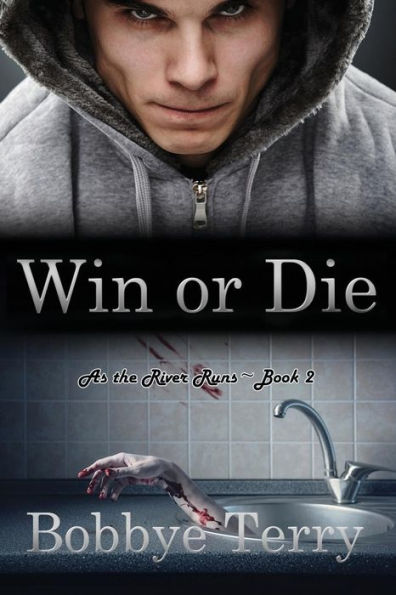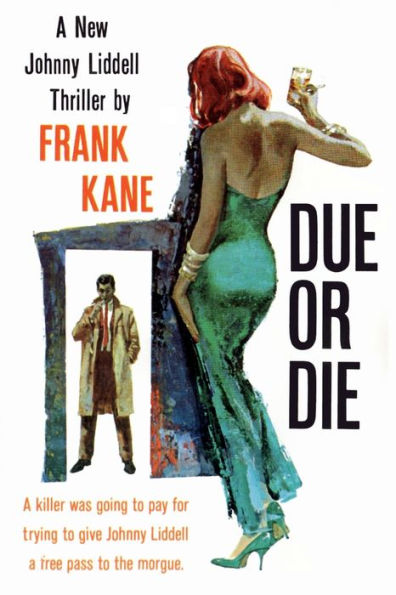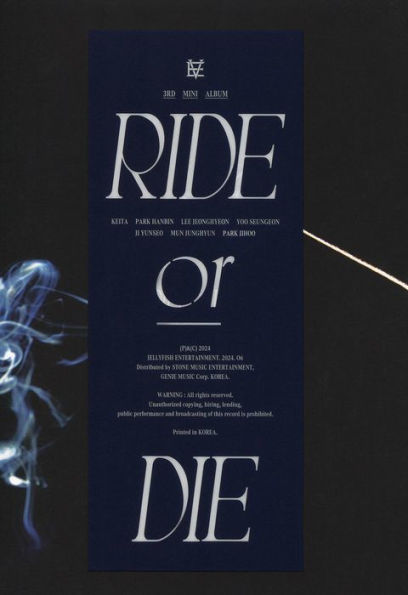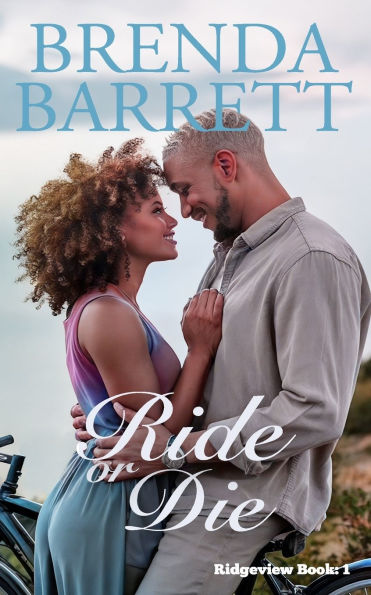Home
Play or Die
Barnes and Noble
Loading Inventory...
Play or Die in Bloomington, MN
Current price: $19.99

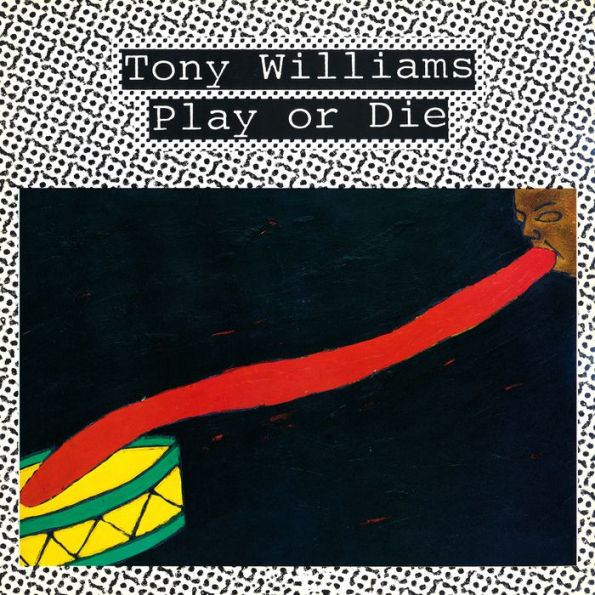
Play or Die in Bloomington, MN
Current price: $19.99
Loading Inventory...
Size: CD
Play or Die
is inarguably the most obscure release in
Tony Williams
' catalog. During the early part of 1980, the drummer had been touring Europe with a quartet that was disintegrating. In order to complete their tour, keyboardist
Tom Grant
suggested
Williams
hire bassist
Patrick O'Hearn
, who had concluded his tenure with
Frank Zappa
but hadn't yet joined
Missing Persons
.
hired him. They played successful dates wherein they created and honed some of the material here. In May, the trio entered a Stuttgart studio and recorded and mixed these tracks in two days before heading back out on the road.
500 vinyl copies were pressed and forgotten. Germany's
M.I.G. Music
worked in cooperation with Colleen Williams, his widow, to issue a completely remastered edition of
from the original masters.
, well-known for his musical restlessness, especially with his ever-evolving
Lifetime
bands, saw this date as an outlier himself. Its sound and style exist somewhere in the gauzy terrain between jazz fusion, new wave, and prog rock.
O'Hearn
's "Bach Ball Tango," opens the set with slow, zig-zagging bassline effects laying down the vamp amid fluid runs on electric piano as the drummer lays down an implied beat and syncopates around them. Synth creeps in overlaid atop the bass and piano, but the tempo remains languid despite
' clattering double time improv. His trademark frenetically rolling tom-toms and punchy kick drum introduce "Spencer Tracy," the set's longest cut. The bassist lays down a distorted vamp as synth, organ, and electric piano enter in layers as the drummer invents with kinetic, rumbling, and grooving improvisation. Later,
duels with
and
Grant
paints the backdrop with cascading chordal figures before embarking on a Rhodes solo at once charging and spectral before introducing a wildly creative solo by the drummer before the vamp returns. The intro to "The Big Man" walks a loopy, occasionally jagged line between
Devo
Jan Hammer
. The piano comps as drums and bass syncopate in the backdrop to ground it before
takes off with a melodic, jaunty solo. "Para Oriente" frames funky Latin jazz inside fusion and rock cadences driven by
' snare groove and
's knotty bassline.
delivers lyric interludes atop and inside his chordal vamp as the tune moves through fusion, funk, and Latin-style rock with a majestic middle eight before returning to the theme. Closer "Lawra (There Comes A Time)" closes the set. An earlier version appeared on
Ego
, and drew critical ire for
' reedy, untrained vocal and clumsy lyrics. That said, it's better here: his vocal is almost resonant as it closes the gap between jazz and R&B with glorious Rhodes-playing by
and a killer solo by the drummer.
While
is for hardcore fans, it does offer often compelling evidence of the mercurial shifting between popular music genres in 1980.
was historically unafraid of change, and here he embraced it. ~ Thom Jurek
is inarguably the most obscure release in
Tony Williams
' catalog. During the early part of 1980, the drummer had been touring Europe with a quartet that was disintegrating. In order to complete their tour, keyboardist
Tom Grant
suggested
Williams
hire bassist
Patrick O'Hearn
, who had concluded his tenure with
Frank Zappa
but hadn't yet joined
Missing Persons
.
hired him. They played successful dates wherein they created and honed some of the material here. In May, the trio entered a Stuttgart studio and recorded and mixed these tracks in two days before heading back out on the road.
500 vinyl copies were pressed and forgotten. Germany's
M.I.G. Music
worked in cooperation with Colleen Williams, his widow, to issue a completely remastered edition of
from the original masters.
, well-known for his musical restlessness, especially with his ever-evolving
Lifetime
bands, saw this date as an outlier himself. Its sound and style exist somewhere in the gauzy terrain between jazz fusion, new wave, and prog rock.
O'Hearn
's "Bach Ball Tango," opens the set with slow, zig-zagging bassline effects laying down the vamp amid fluid runs on electric piano as the drummer lays down an implied beat and syncopates around them. Synth creeps in overlaid atop the bass and piano, but the tempo remains languid despite
' clattering double time improv. His trademark frenetically rolling tom-toms and punchy kick drum introduce "Spencer Tracy," the set's longest cut. The bassist lays down a distorted vamp as synth, organ, and electric piano enter in layers as the drummer invents with kinetic, rumbling, and grooving improvisation. Later,
duels with
and
Grant
paints the backdrop with cascading chordal figures before embarking on a Rhodes solo at once charging and spectral before introducing a wildly creative solo by the drummer before the vamp returns. The intro to "The Big Man" walks a loopy, occasionally jagged line between
Devo
Jan Hammer
. The piano comps as drums and bass syncopate in the backdrop to ground it before
takes off with a melodic, jaunty solo. "Para Oriente" frames funky Latin jazz inside fusion and rock cadences driven by
' snare groove and
's knotty bassline.
delivers lyric interludes atop and inside his chordal vamp as the tune moves through fusion, funk, and Latin-style rock with a majestic middle eight before returning to the theme. Closer "Lawra (There Comes A Time)" closes the set. An earlier version appeared on
Ego
, and drew critical ire for
' reedy, untrained vocal and clumsy lyrics. That said, it's better here: his vocal is almost resonant as it closes the gap between jazz and R&B with glorious Rhodes-playing by
and a killer solo by the drummer.
While
is for hardcore fans, it does offer often compelling evidence of the mercurial shifting between popular music genres in 1980.
was historically unafraid of change, and here he embraced it. ~ Thom Jurek
Play or Die
is inarguably the most obscure release in
Tony Williams
' catalog. During the early part of 1980, the drummer had been touring Europe with a quartet that was disintegrating. In order to complete their tour, keyboardist
Tom Grant
suggested
Williams
hire bassist
Patrick O'Hearn
, who had concluded his tenure with
Frank Zappa
but hadn't yet joined
Missing Persons
.
hired him. They played successful dates wherein they created and honed some of the material here. In May, the trio entered a Stuttgart studio and recorded and mixed these tracks in two days before heading back out on the road.
500 vinyl copies were pressed and forgotten. Germany's
M.I.G. Music
worked in cooperation with Colleen Williams, his widow, to issue a completely remastered edition of
from the original masters.
, well-known for his musical restlessness, especially with his ever-evolving
Lifetime
bands, saw this date as an outlier himself. Its sound and style exist somewhere in the gauzy terrain between jazz fusion, new wave, and prog rock.
O'Hearn
's "Bach Ball Tango," opens the set with slow, zig-zagging bassline effects laying down the vamp amid fluid runs on electric piano as the drummer lays down an implied beat and syncopates around them. Synth creeps in overlaid atop the bass and piano, but the tempo remains languid despite
' clattering double time improv. His trademark frenetically rolling tom-toms and punchy kick drum introduce "Spencer Tracy," the set's longest cut. The bassist lays down a distorted vamp as synth, organ, and electric piano enter in layers as the drummer invents with kinetic, rumbling, and grooving improvisation. Later,
duels with
and
Grant
paints the backdrop with cascading chordal figures before embarking on a Rhodes solo at once charging and spectral before introducing a wildly creative solo by the drummer before the vamp returns. The intro to "The Big Man" walks a loopy, occasionally jagged line between
Devo
Jan Hammer
. The piano comps as drums and bass syncopate in the backdrop to ground it before
takes off with a melodic, jaunty solo. "Para Oriente" frames funky Latin jazz inside fusion and rock cadences driven by
' snare groove and
's knotty bassline.
delivers lyric interludes atop and inside his chordal vamp as the tune moves through fusion, funk, and Latin-style rock with a majestic middle eight before returning to the theme. Closer "Lawra (There Comes A Time)" closes the set. An earlier version appeared on
Ego
, and drew critical ire for
' reedy, untrained vocal and clumsy lyrics. That said, it's better here: his vocal is almost resonant as it closes the gap between jazz and R&B with glorious Rhodes-playing by
and a killer solo by the drummer.
While
is for hardcore fans, it does offer often compelling evidence of the mercurial shifting between popular music genres in 1980.
was historically unafraid of change, and here he embraced it. ~ Thom Jurek
is inarguably the most obscure release in
Tony Williams
' catalog. During the early part of 1980, the drummer had been touring Europe with a quartet that was disintegrating. In order to complete their tour, keyboardist
Tom Grant
suggested
Williams
hire bassist
Patrick O'Hearn
, who had concluded his tenure with
Frank Zappa
but hadn't yet joined
Missing Persons
.
hired him. They played successful dates wherein they created and honed some of the material here. In May, the trio entered a Stuttgart studio and recorded and mixed these tracks in two days before heading back out on the road.
500 vinyl copies were pressed and forgotten. Germany's
M.I.G. Music
worked in cooperation with Colleen Williams, his widow, to issue a completely remastered edition of
from the original masters.
, well-known for his musical restlessness, especially with his ever-evolving
Lifetime
bands, saw this date as an outlier himself. Its sound and style exist somewhere in the gauzy terrain between jazz fusion, new wave, and prog rock.
O'Hearn
's "Bach Ball Tango," opens the set with slow, zig-zagging bassline effects laying down the vamp amid fluid runs on electric piano as the drummer lays down an implied beat and syncopates around them. Synth creeps in overlaid atop the bass and piano, but the tempo remains languid despite
' clattering double time improv. His trademark frenetically rolling tom-toms and punchy kick drum introduce "Spencer Tracy," the set's longest cut. The bassist lays down a distorted vamp as synth, organ, and electric piano enter in layers as the drummer invents with kinetic, rumbling, and grooving improvisation. Later,
duels with
and
Grant
paints the backdrop with cascading chordal figures before embarking on a Rhodes solo at once charging and spectral before introducing a wildly creative solo by the drummer before the vamp returns. The intro to "The Big Man" walks a loopy, occasionally jagged line between
Devo
Jan Hammer
. The piano comps as drums and bass syncopate in the backdrop to ground it before
takes off with a melodic, jaunty solo. "Para Oriente" frames funky Latin jazz inside fusion and rock cadences driven by
' snare groove and
's knotty bassline.
delivers lyric interludes atop and inside his chordal vamp as the tune moves through fusion, funk, and Latin-style rock with a majestic middle eight before returning to the theme. Closer "Lawra (There Comes A Time)" closes the set. An earlier version appeared on
Ego
, and drew critical ire for
' reedy, untrained vocal and clumsy lyrics. That said, it's better here: his vocal is almost resonant as it closes the gap between jazz and R&B with glorious Rhodes-playing by
and a killer solo by the drummer.
While
is for hardcore fans, it does offer often compelling evidence of the mercurial shifting between popular music genres in 1980.
was historically unafraid of change, and here he embraced it. ~ Thom Jurek


